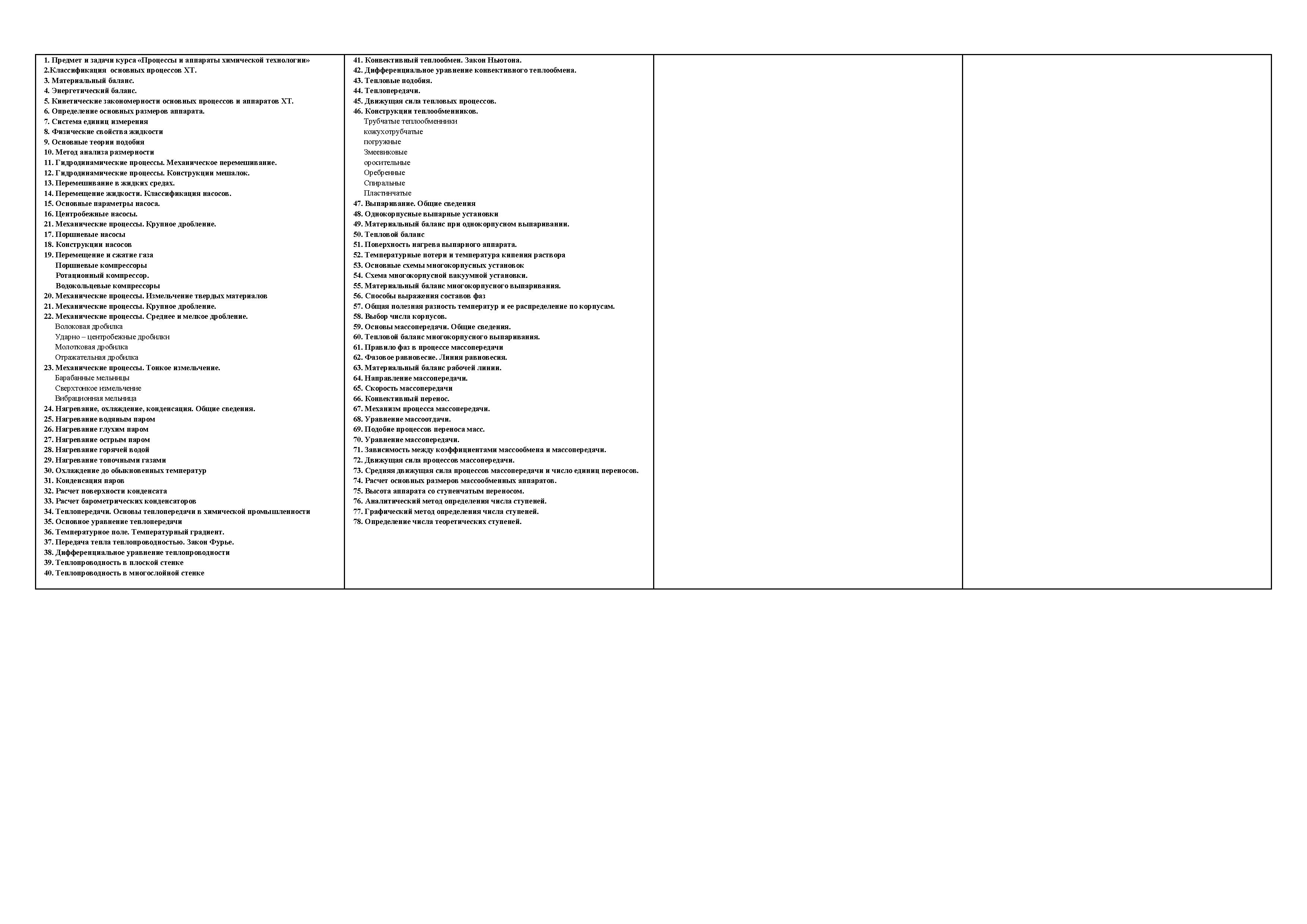If there’s a wood stove in your life (or in your future) and you already have a masonry fireplace in your home, it’s likely that you have used (or wish to use) your fireplace’s chimney as the chimney for your wood stove or wood burning fireplace insert. Such a choice would seem both sensible and economical. However, any heating system works best when all its parts are designed – at the outset – to work together.
Home / Wood Stove Glass And Combusters By Brand / Hutch Manufacturing Company Replacement Parts. Hutch Manufacturing Co. Was also known for their wood stoves and fireplace inserts, such as the Hutch Rebel and double wall insert lines. Due to hard economic times, the company came to terms with its inability to keep its head above water,.

Just as a furnace operates best when the flue size of the chimney is carefully matched to furnace capacity, so a wood stove is safest and most efficient when attached to a chimney whose flue size most closely matches the flue collar outlet of the stove. While wood stoves can be successfully connected to fireplace flues (a flue is the inner section of a chimney and is designed to carry away smoke and other toxic products of combustion), certain standards must be met. Here’s a look at what they are and why they are important. There are two types of wood stoves that can be connected to fireplace flues: freestanding stoves and fireplace inserts. Freestanding stoves can be connected to chimneys built especially for them.
The chimneys may be of masonry construction or be a factory-built metal system that’s been designed, tested and listed for use with wood burning appliances. Freestanding stoves also can connect to an existing fireplace chimney, if the height and position of the stove’s flue collar permits it.
When this type of installation is done, the stoves may be called hearth stoves. Fireplaces aren't designed to vent (or carry away combustion by-products from) wood stoves or wood burning inserts. They are a uniquely designed solid fuel burning system in their own right. The fireplace system consists of the firebox, a damper (the mechanism that regulates air flowing up the chimney), a smoke chamber (the area between the damper and the flue) and a flue (a passageway inside the chimney through which the smoke rises). Together, they draw off the smoke and gases produced by burning wood. How well the firebox, smoke chamber and flue are in correct proportion to each other determine the system’s performance. The applicable rule of thumb (which is included in many local codes) is that the area of the firebox opening should only be about 10 times larger than the area of the flue’s interior dimension – a 10:1 ratio.
 Fireplaces built according to this formula seldom smoke. Since fireplaces are largely decorative, rather than a serious heat source, that’s an important feature. Whenever a wood stove or insert is vented through a masonry fireplace system – even if the code requirements laid down in 1984 are followed – the ratios on which efficient operation of that masonry system initially was based may be changed. For example, the size of an insert’s firebox is smaller than that of the masonry firebox, so the existing masonry flue may now be proportionately too large.
Fireplaces built according to this formula seldom smoke. Since fireplaces are largely decorative, rather than a serious heat source, that’s an important feature. Whenever a wood stove or insert is vented through a masonry fireplace system – even if the code requirements laid down in 1984 are followed – the ratios on which efficient operation of that masonry system initially was based may be changed. For example, the size of an insert’s firebox is smaller than that of the masonry firebox, so the existing masonry flue may now be proportionately too large.